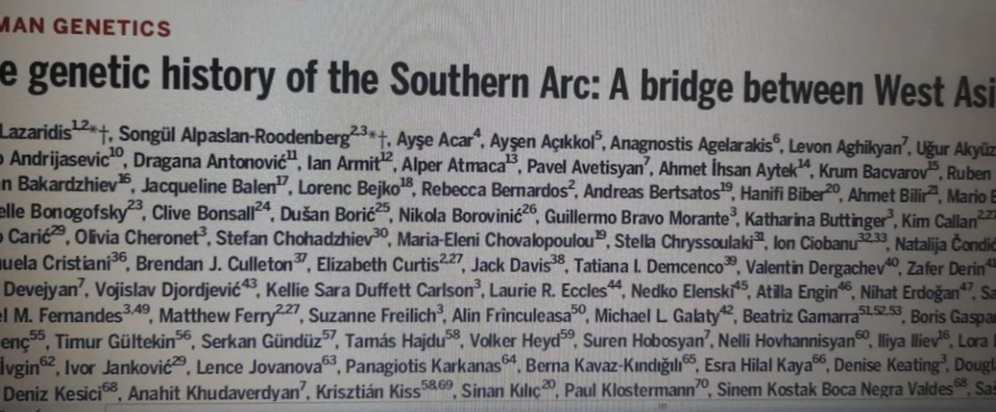MOESAN
Elite member
- Messages
- 5,893
- Reaction score
- 1,296
- Points
- 113
- Location
- Brittany
- Ethnic group
- more celtic
- Y-DNA haplogroup
- R1b - L21/S145*
- mtDNA haplogroup
- H3c
It's funny how you can represent ancient admixtures as you want by choosing the pop's which will be taken as reference. Uneasy to be very sure of anything. It recalls me the case of Dzudzuana and Anatolia HG's, and the debated presence of WHG in the last.
BTW here Iran is very young compared to the others elements.
The question is: who is donor? In fact notalways the more ancient pop in play! It could be an unknown pop even more ancient pop!
I think i grew to old. LOL
BTW here Iran is very young compared to the others elements.
The question is: who is donor? In fact notalways the more ancient pop in play! It could be an unknown pop even more ancient pop!
I think i grew to old. LOL


